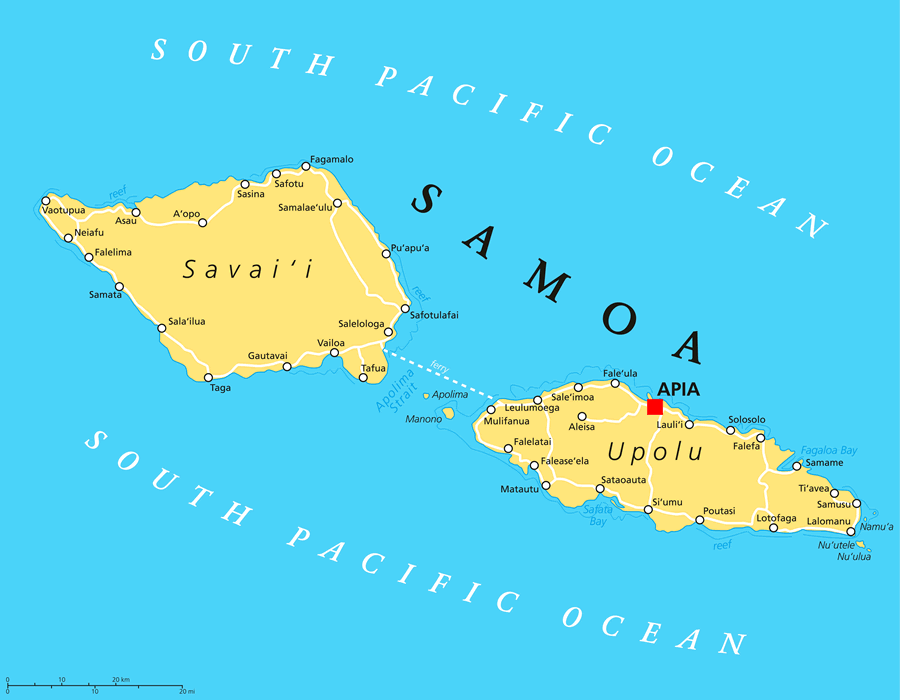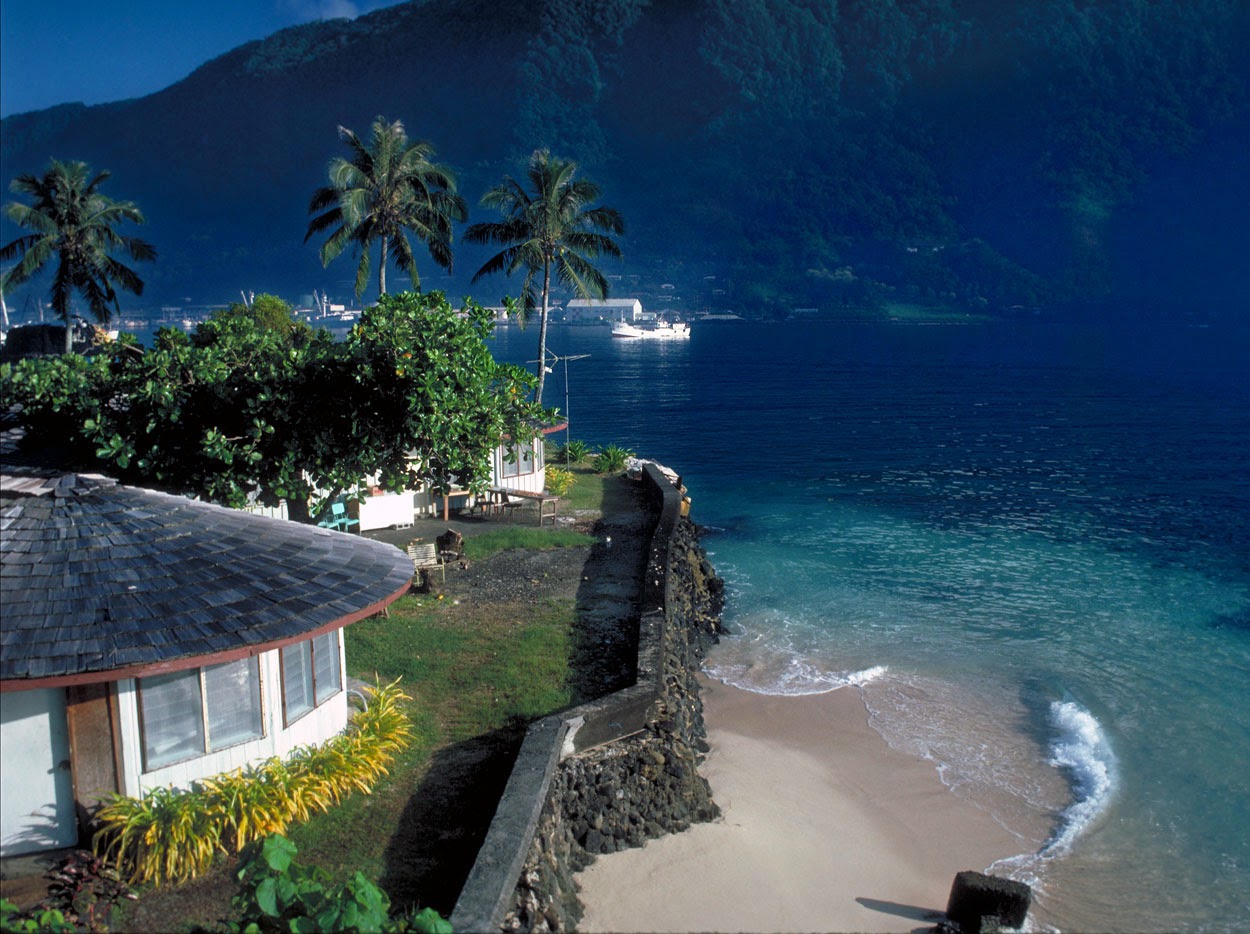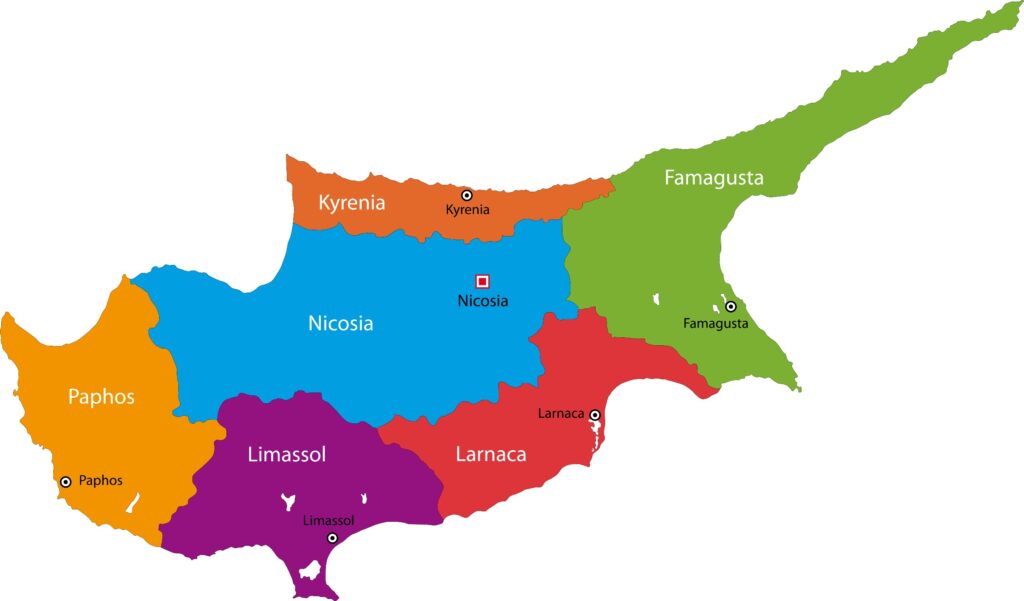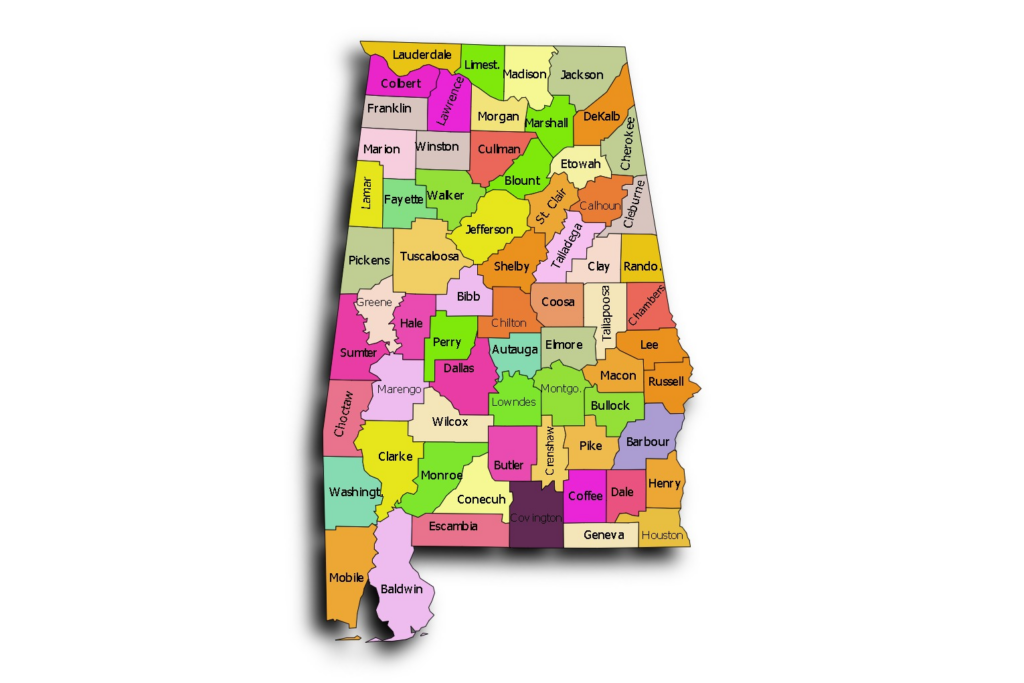Introduction
Samoa, officially known as the Independent State of Samoa, is a picturesque island nation located in the South Pacific Ocean. Comprising two main islands, Upolu and Savai’i, as well as several smaller islands, Samoa is renowned for its stunning natural beauty, vibrant culture, and warm hospitality. In this comprehensive guide, we will delve into the maps and facts of Samoa, providing an in-depth exploration of this enchanting destination.
Geography
Location
- Samoa is situated in the South Pacific Ocean, approximately halfway between Hawaii and New Zealand.
- Its geographical coordinates are approximately 13.7590° S latitude and 172.1046° W longitude.
Islands
Upolu
The most populous and developed island in Samoa, Upolu is home to the capital city, Apia, and numerous attractions, including pristine beaches and lush rainforests.
Savai’i
The largest island in Samoa, Savai’i is renowned for its rugged landscapes, volcanic craters, and traditional villages.
Other Islands
Samoa also comprises several smaller islands, such as Manono and Apolima, each offering its own unique charm.
Physical Features
- Samoa boasts diverse terrain, including volcanic mountains, coastal plains, and dense forests.
- Mount Silisili, located on Savai’i, is the highest peak in Samoa, reaching an elevation of approximately 1,858 meters (6,096 feet).
- The islands are surrounded by coral reefs, making them popular destinations for snorkeling and diving enthusiasts.
Climate
- Samoa enjoys a tropical climate characterized by warm temperatures and high humidity throughout the year.
- The wet season typically occurs from November to April, bringing heavy rainfall and occasional tropical cyclones.
- The dry season, from May to October, offers milder temperatures and less precipitation, making it an ideal time to visit.
Maps
Political Map
- The political map of Samoa illustrates the administrative divisions of the country, including districts and villages.
- Apia, located on the north coast of Upolu, serves as the capital and administrative center of Samoa.
- Districts such as A’ana, Aiga-i-le-Tai, and Tuamasaga are prominent regions on the map, each with its own distinct characteristics.
Physical Map
- The physical map of Samoa showcases the topographical features of the islands, including mountains, rivers, and coastlines.
- Volcanic formations, such as Mount Matavanu on Savai’i, are prominent landmarks on the map, highlighting the volcanic origins of the islands.
- Coastal features, such as beaches and bays, are also depicted, offering insight into Samoa’s diverse coastal landscapes.
Tourist Map
- The tourist map of Samoa highlights popular attractions, accommodations, and recreational activities for visitors.
- Iconic landmarks, such as the To Sua Ocean Trench and Piula Cave Pool, are marked on the map, providing points of interest for travelers.
- Resorts, hotels, and guesthouses are indicated, helping tourists plan their accommodations during their stay in Samoa.
Culture
Traditional Practices
- Fa’a Samoa, or the Samoan way of life, is deeply rooted in traditional customs and practices that have been preserved for generations.
- Respect for elders, communal living, and reverence for nature are fundamental aspects of Samoan culture.
- Traditional ceremonies, such as the ava ceremony and the siva dance, play an essential role in Samoan social gatherings and celebrations.
Language
- Samoan and English are the official languages of Samoa, with Samoan being widely spoken by the majority of the population.
- The Samoan language is Polynesian in origin and is known for its melodious tones and rich vocabulary.
Arts and Crafts
- Samoan arts and crafts encompass a wide range of traditional practices, including weaving, carving, and tattooing.
- Tapa cloth, intricately patterned mats, and wooden carvings are traditional forms of artistic expression in Samoa.
- Tattooing, known as tatau, holds deep cultural significance and is considered a rite of passage for many Samoans.
Economy
Agriculture
- Agriculture is a vital sector of Samoa’s economy, with subsistence farming being practiced by many rural communities.
- Coconut, taro, and bananas are primary agricultural products, contributing to both domestic consumption and export revenue.
- Sustainable farming practices are increasingly emphasized to mitigate the impact of climate change and preserve Samoa’s natural resources.
Tourism
- Tourism plays a significant role in Samoa’s economy, attracting visitors from around the world to experience its pristine beaches, cultural heritage, and outdoor adventures.
- Accommodation, dining, and tour services cater to a wide range of travelers, from luxury seekers to budget-conscious backpackers.
- Efforts to promote sustainable tourism are underway to preserve Samoa’s unique environment and cultural heritage for future generations.
Remittances
- Remittances from Samoans living abroad also contribute substantially to the country’s economy, providing financial support to families and communities.
- Many Samoans migrate overseas in search of employment opportunities, particularly in New Zealand, Australia, and the United States.
- Remittance income plays a crucial role in poverty alleviation and economic development in Samoa.
Conclusion
Samoa, with its breathtaking landscapes, rich cultural heritage, and warm hospitality, offers a truly immersive experience for travelers seeking an authentic South Pacific adventure. From exploring volcanic craters to partaking in traditional ceremonies, Samoa captivates visitors with its natural beauty and vibrant culture. By understanding the maps and facts of Samoa, travelers can gain a deeper appreciation for this enchanting destination and create memories that will last a lifetime. Whether you’re lounging on a pristine beach or trekking through a lush rainforest, Samoa beckons with endless opportunities for exploration and discovery.
What are 5 interesting facts about Samoa?
Samoa is one of the few countries in the world to have retained its indigenous language as its official language alongside English. The traditional Samoan language, deeply ingrained in the culture, reflects the island nation’s rich heritage.
The country is renowned for its traditional tattooing art form, known as tatau. Samoan tattoos, with their intricate designs and cultural significance, have gained international recognition and continue to be an essential aspect of Samoan identity.
Samoa is home to some of the world’s most breathtaking natural wonders, including the To Sua Ocean Trench, a stunning natural swimming hole surrounded by lush tropical vegetation, and the Alofaaga Blowholes, where powerful ocean waves create mesmerizing geysers.
The culture of Samoa places great emphasis on communal living and respect for elders. Extended families, or aiga, play a central role in Samoan society, fostering strong bonds and a sense of unity among its members.
Despite its relatively small size, Samoa has produced world-class athletes, particularly in rugby. The national rugby team, known as the Manu Samoa, has achieved notable success on the international stage, earning the admiration of fans worldwide.
What is famous about Samoa?
Samoa is famous for its stunning natural beauty, including pristine beaches, lush rainforests, and dramatic volcanic landscapes. Visitors flock to Samoa to experience its idyllic tropical paradise and explore its diverse array of outdoor attractions.
What are the main geographical features of Samoa?
Samoa boasts diverse geographical features, including volcanic mountains, coastal plains, and coral reefs. The islands are characterized by lush rainforests, cascading waterfalls, and crystal-clear lagoons, offering visitors a wealth of natural wonders to explore.
Where is Samoa located on the world map?
Samoa is located in the South Pacific Ocean, approximately halfway between Hawaii and New Zealand.
What country controls Samoa?
Samoa gained independence from New Zealand in 1962 and is now a sovereign nation with its own government and administration.
What country is closest to Samoa?
American Samoa, a territory of the United States, is the closest neighboring territory to Samoa.
Is Samoa two countries?
No, Samoa is a single country consisting of two main islands, Upolu and Savai’i, as well as several smaller islands.
Why is Samoa divided?
Samoa is not divided; it is a unified country. However, it is made up of multiple islands, with Upolu and Savai’i being the two largest and most populous.
Why is it called Samoa?
The name “Samoa” is believed to have originated from the Samoan language. It is thought to mean “sacred earth” or “sacred place,” reflecting the spiritual significance of the islands to the indigenous Samoan people.
Who owns Samoa?
Samoa is a sovereign nation and is not owned by any other country. It gained independence from New Zealand in 1962 and is governed by its own elected officials.
- The Largest Lizards In The World - September 9, 2024
- Taos, New Mexico - September 9, 2024
- The Most Colorful Birds From Around The World - September 9, 2024





